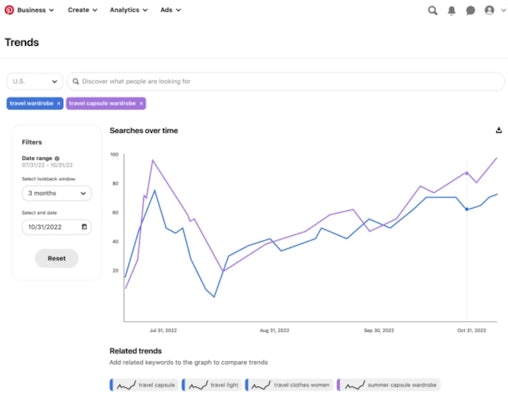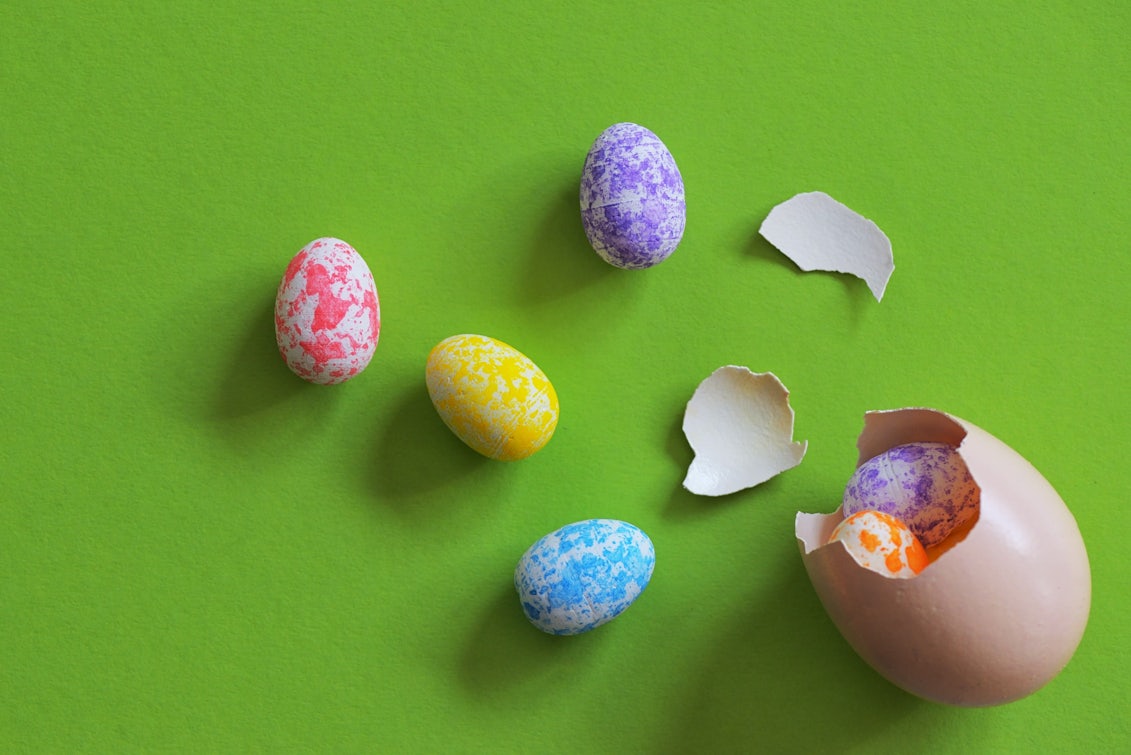Welcome to the latest instalment in Impression’s Paid Social Industry Updates blog, where we discuss the latest social media trends to help you stay ahead of the curve.
This month saw TikTok introducing a new optimisation feature, Meta renaming its ad automation tools and Pinterest hosting its second annual global advertising summit.
Keep reading to discover:
- Value-based optimisation for web ads on TikTok
- Meta renames its ad automation tools
- Pinterest updates its Trends Tool
- New content-based feed updates for Meta
As always, traffic light imagery is featured throughout to indicate the importance of each new update – red denoting a priority update, green representing a less important update and amber lying somewhere in the middle.
TikTok Announces Value-Based Optimisation for Web Ads

TikTok has released a new optimisation feature – Value-Based Optimisation for web ads – or VBO Web. According to TikTok, VBO Web helps advertisers find high-quality audiences by targeting users who are more likely to make a purchase, and with a higher value per purchase, either by purchasing multiple products or buying products with higher price points.
There are two bidding strategies available with VBO Web: Highest Value and Minimum ROAS. If you opt for Highest Value, the TikTok ads system will spend your total budget and bid for the highest possible purchase value, whereas Minimum ROAS will aim to meet your target ROAS bid. If you have strict KPI’s, Minimum ROAS may be more suited for your paid social strategy due to providing a greater level of control over purchase amounts and ROAS.
Unlike alternative conversion ads, advertisers using VBO Web can only optimise towards complete payment events.
What Does This Mean for Me?
A key update for ecommerce advertisers, TikTok’s latest feature aims to maximise the value of conversions, as opposed to just increasing the number of conversions generated. By employing VBO Web to your campaign, you may be able to deliver a higher ROAS from paid social activity by generating higher conversion values from your campaign budget. If you have ambitious targets, it may be worthwhile experimenting with VBO Web for your next campaign.
However, the new feature may not be suitable if you have a small account with restricted budgets. In order to calculate your daily budget, TikTok recommends multiplying your historical account CPA by 10, which is a high investment amount. Moreover, to unlock VBO Web, your account must have delivered 20 unique purchase conversions over the last 7 days. Therefore, if your account generates conversions over a longer window, the feature won’t be available for you.
Ready to trial TikTok’s latest feature? Just ensure that your account meets these requirements, and that your pixel is set up correctly and tracking the ‘complete payment’ event.
Meta Renames its Ad Automation Tools

In order to better identify its automation tools, Meta has renamed its automation features and consolidated them under a new portfolio labelled ‘Meta Advantage’.
Under the ‘Advantage’ umbrella, Meta’s automated products have been split into two product lines – Advantage and Advantage+. Advantage features represent the basic level of audience targeting automation offered by Meta, whilst Advantage+ represent the more advanced AI options available.
You can see a breakdown of how these features have been split out below, alongside their new ‘Advantage’ labels.

What Does This Mean for Me?
The new Advantage portfolio will help to simplify the process of optimising campaigns by better identifying the automation tools available. As it stands, the title change won’t provide any new functionality for advertisers, although Meta has announced some coming updates to its automation features.
It’s clear that Meta is aiming to drive awareness of its automation features, whilst encouraging advertisers to take advantage of its machine learning system to maximise campaign performance.
Meta has been expanding its automation services for some time now, which provides benefits for marketers in requiring less manual labour and driving improved performance. Meta illustrates this through several studies in the update, including how using Advantage+ Creative can result in a 3% lower CPA by automatically optimising ad creative. However, some marketers may feel reluctant to embrace Facebook’s machine learning system due to the loss of control and a lack of transparency associated with it.
Our recommendation is to be prepared to evolve your paid social strategy as Meta’s automation tools continue to develop. By giving Meta’s learning system the time to measure and understand your target audience, it can help to drive improved results for your campaigns.
Pinterest Trends Is Being Updated

The second summit of Pinterest Presents was hosted in March, where it was revealed that Pinterest Trends is being updated to include some new features.
Pinterest Trends is a keyword tool that highlights which search terms are trending on the platform, and when prospects are searching for them by showcasing historical search term data volume over the last 12 months. By entering a keyword associated with a product you advertise, you can see when demand is likely to rise and fall; allowing you to plan ad content around seasonality to maximise performance.

Not only that, Pinterest Trends also showcases related search terms for your keyword. This can help inspire new search terms to add to your keyword targeting in order to reach a wider range of users who are likely to engage with your ad content. If you continue to scroll down, Pinterest also displays the most popular pins related to your keyword, which can provide inspiration for future ad creative.
Coming this summer, Pinterest is adding new features such as real time search data, more trend types, more granular audience tools and personalised trend recommendations for your business.
What Does This Mean for Me?
Whilst Pinterest hasn’t provided any further detail into the update, these new features will allow marketers to better plan ad content by providing more detailed insights into trends and potential audiences to capture in order to maximise performance.
Have you used Pinterest Trends to help inspire your paid social strategy? Head over to discover the insights available for your business and get comfortable with the tool, ready for the new update this summer. Learn how to use Pinterest Trends here.
Meta Provides an Update into Content-Based Feed Controls

Back in November, Meta revealed that it was expanding topic exclusion controls to provide advertisers with more control over where their ads appear in relation to other content in users’ Feeds.
Meta has since announced its partnership with Zefr to gain an insight into how ads appear on the Feed. The two companies will begin testing in the third quarter of 2022 to measure and verify the suitability of adjacent content to ads.
Meta has also begun working with GARM to build content-based suitability controls across Facebook and Instagram. These controls are due to launch in early 2023, primarily in English-speaking markets, with placement coverage expanding to include Stories, Reels, Video Feeds and Instagram Explore.
What Does This Mean for Me?
This update highlights Meta’s dedication to addressing advertisers’ concerns of their ads appearing adjacent to content that is not suitable for their brand.
From 2023, advertisers will gain a deeper insight into the type of content that appears next to their ads. They will also gain more control over where their ads appear in users’ Feeds, which should help to maintain brand image and improve overall ad engagement.
Look out for our next blog post in May for more paid social industry updates to inspire your paid social strategy. Can’t wait? Get in touch to discuss your paid social campaigns.



